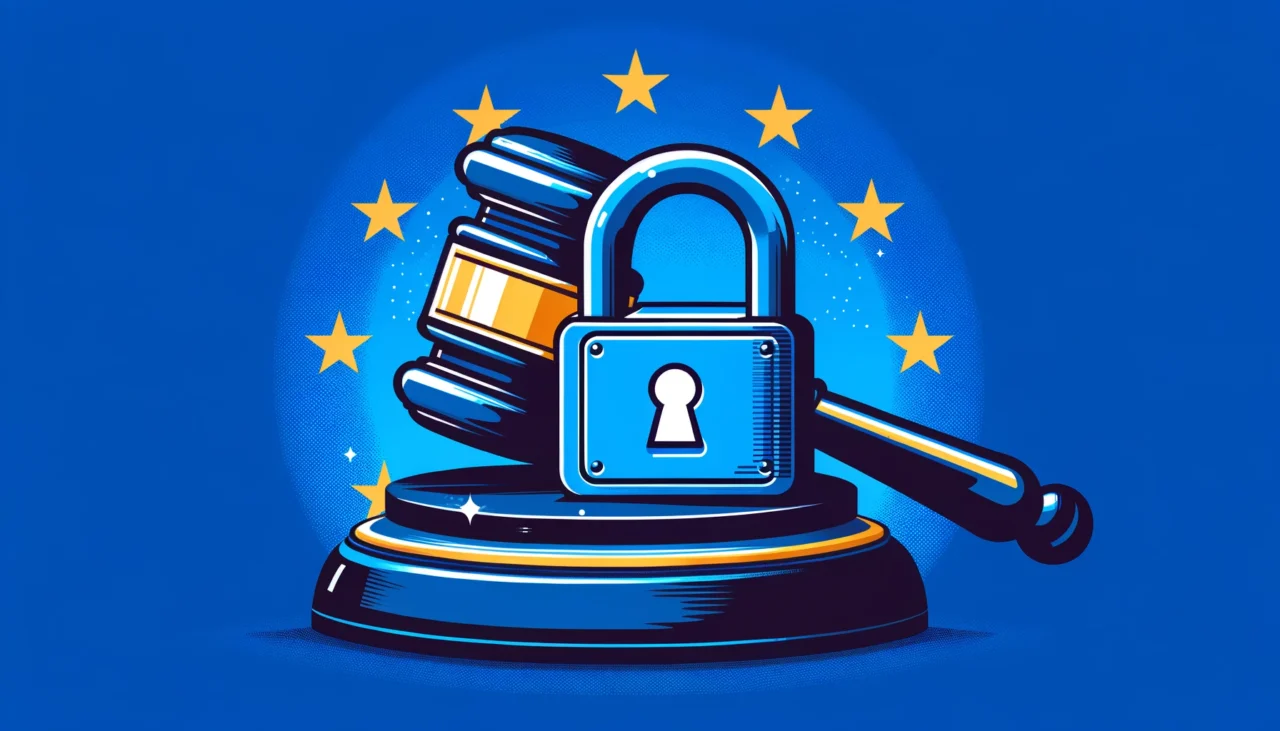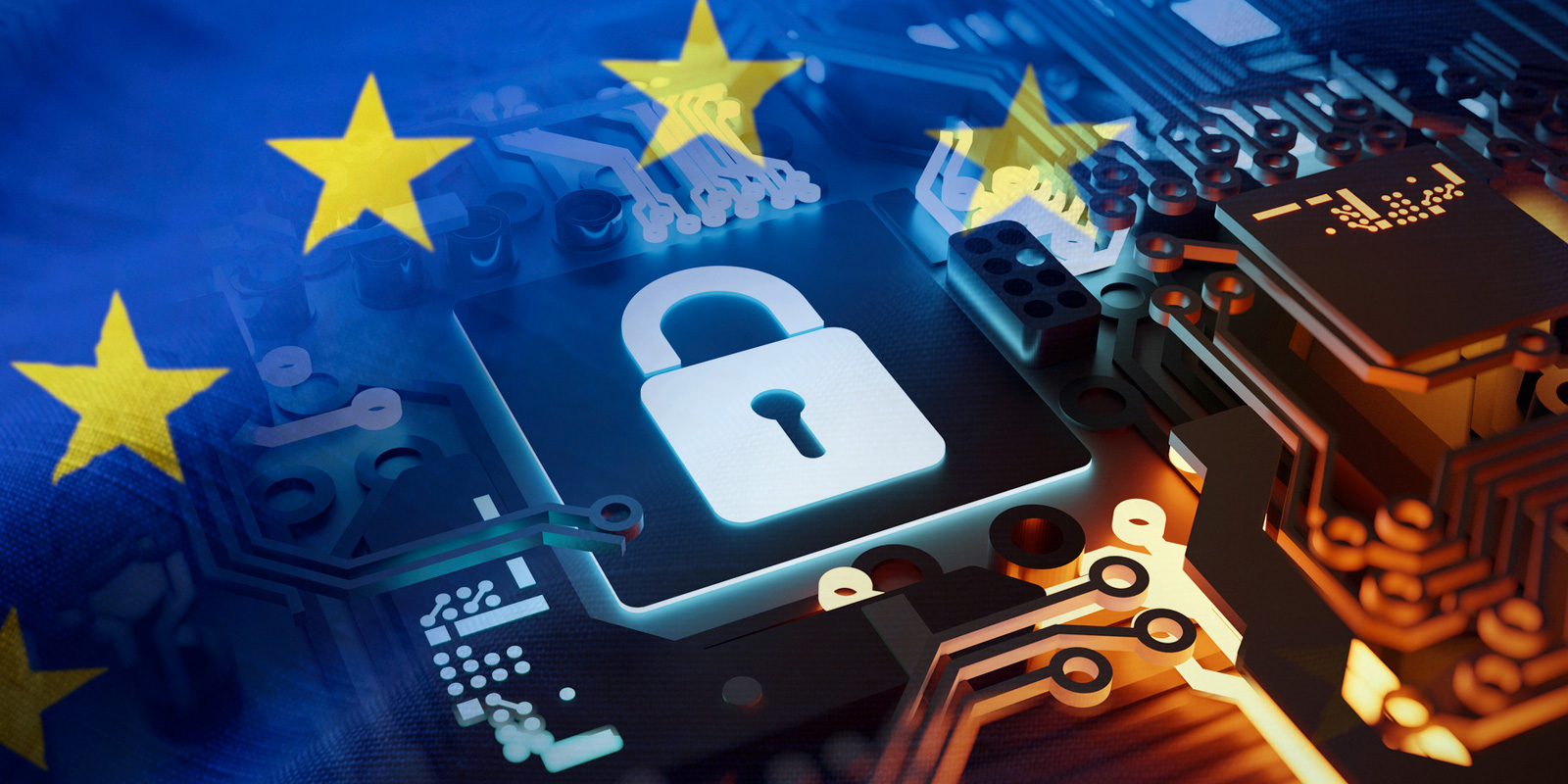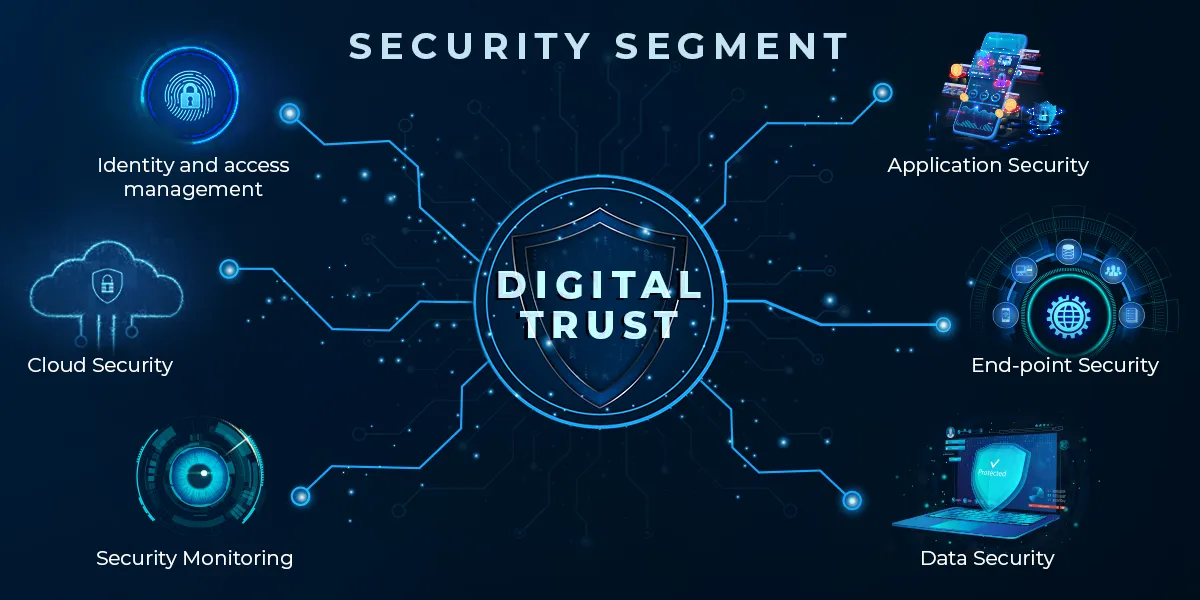In an era where digital transactions, online services, and cross-border e-commerce are booming, trust has become a critical currency for businesses operating in the European digital market. With the increasing frequency of cyber threats and growing concerns over data privacy, building and maintaining trust is no small feat. Cybersecurity and compliance are at the heart of this challenge, playing a pivotal role in creating a secure and reliable digital environment for companies and consumers alike.

In this post, we’ll explore the importance of cybersecurity and compliance in building trust, examine the EU’s regulatory landscape, and offer insights into how businesses can stay ahead of the curve in this evolving digital ecosystem.
1. Why Trust Matters in the EU Digital Market

Trust is a foundational element for the digital economy, especially in the EU, where consumers are highly conscious of data privacy and security. The confidence users place in online services, e-commerce platforms, and digital products directly impacts their willingness to engage, share data, and make purchases.
A lack of trust can lead to:
- Eroded Customer Confidence: Data breaches, security vulnerabilities, and misuse of personal information can significantly damage a company’s reputation, leading to customer churn and decreased loyalty.
- Regulatory and Financial Risks: Non-compliance with stringent EU regulations can result in hefty fines, legal actions, and operational disruptions.
- Reduced Market Competitiveness: Companies that cannot demonstrate strong cybersecurity measures and compliance are likely to lose out to competitors who prioritize these areas.
2. The EU’s Regulatory Framework for Cybersecurity and Compliance

The EU has developed one of the most comprehensive regulatory frameworks in the world to protect consumers and foster trust in the digital economy. Here are some of the key regulations shaping cybersecurity and compliance in the region:
- General Data Protection Regulation (GDPR): Perhaps the most well-known regulation, the GDPR establishes strict requirements for data handling, consent management, and user rights. Compliance with GDPR is mandatory for any company handling the personal data of EU citizens, regardless of where the company is based.
- NIS2 Directive (Network and Information Security Directive): The updated NIS2 expands on the original directive to include a broader range of sectors and introduces more stringent security requirements. This directive applies to both public and private entities and aims to strengthen the EU’s overall cybersecurity posture.
- Digital Services Act (DSA) and Digital Markets Act (DMA): These two new regulations focus on ensuring a safer and more competitive digital environment. The DSA requires platforms to implement risk mitigation measures to prevent illegal content and improve transparency, while the DMA sets obligations for large platforms to prevent monopolistic practices and protect smaller competitors.
- Cybersecurity Act: This regulation establishes a framework for EU-wide cybersecurity certification, providing businesses and consumers with a trusted certification system to assess the security of digital products and services.
These regulations are designed not just to protect data and prevent breaches, but also to create an environment where consumers feel secure in using digital services and sharing their information online.
3. The Role of Cybersecurity in Building Digital Trust

For businesses, cybersecurity is no longer just about protecting assets and mitigating risks—it’s about safeguarding trust. Effective cybersecurity strategies include a combination of technical measures, policies, and practices that help prevent unauthorized access, data breaches, and service disruptions.
Key aspects of a robust cybersecurity framework include:
- Data Encryption: Encrypting sensitive data both in transit and at rest ensures that even if data is intercepted, it cannot be easily read or misused.
- Identity and Access Management (IAM): Implementing strong IAM controls helps prevent unauthorized users from accessing sensitive information or systems.
- Regular Security Assessments and Penetration Testing: These practices help identify vulnerabilities before they can be exploited, enabling companies to take proactive steps to bolster their security posture.
- Incident Response and Recovery Plans: Having a clear incident response plan minimizes damage during a breach and demonstrates to customers that the business is prepared to handle security incidents effectively.
4. Compliance as a Pathway to Trust

Compliance is not just about avoiding fines—it’s about demonstrating a commitment to transparency, accountability, and ethical business practices. Companies that prioritize compliance are better positioned to earn customer trust and differentiate themselves in a competitive market.
Steps to strengthen compliance include:
- Implementing Data Privacy by Design: Build data protection principles into the core of your business operations, from product development to customer support.
- Maintaining Transparent Data Practices: Clearly communicate how data is collected, stored, and used. Make it easy for users to understand their rights and how they can exercise them.
- Appointing a Data Protection Officer (DPO): For many businesses, appointing a DPO is a regulatory requirement under the GDPR. The DPO oversees data protection strategies and ensures compliance across the organization.
- Regular Compliance Audits: Conducting periodic compliance audits helps identify gaps and areas for improvement, ensuring that your business remains aligned with the latest regulatory standards.
5. Building a Culture of Security and Compliance
Creating a culture of security and compliance goes beyond technology and policies—it involves engaging your entire organization, from leadership to frontline employees. Here’s how to build a security-conscious culture:
- Employee Training and Awareness: Regularly educate employees about cybersecurity threats, best practices, and compliance obligations. Awareness training can help prevent common risks like phishing attacks and insider threats.
- Leadership Buy-In: Secure the support of senior management to prioritize cybersecurity and compliance initiatives. When leadership sets a strong example, it encourages a culture of accountability.
- Integrate Security into Product Development: Adopt a DevSecOps approach that integrates security into every stage of the product development lifecycle, from design to deployment.
- Encourage Responsible Data Handling: Make data protection everyone’s responsibility by establishing clear guidelines and fostering an environment where employees feel empowered to report security concerns.
6. Leveraging Technology to Enhance Trust

Investing in advanced technologies can enhance security, simplify compliance, and boost overall trust in your digital services:
- AI-Powered Threat Detection: Artificial intelligence can help identify and respond to threats faster by analyzing patterns and detecting anomalies in real-time.
- Blockchain for Transparency: Blockchain technology offers transparency and traceability, making it a valuable tool for ensuring data integrity and securing supply chains.
- Privacy-Enhancing Technologies (PETs): Implement PETs like differential privacy and homomorphic encryption to process data securely without compromising user privacy.
7. The Road Ahead: Preparing for the Future of Digital Trust

As digital transformation accelerates, the importance of trust will only continue to grow. Businesses that invest in cybersecurity and compliance today are not just protecting themselves against threats—they’re building a foundation for long-term success in the EU digital market.
To prepare for the future, companies should:
- Stay Informed on Regulatory Changes: The EU’s regulatory landscape is constantly evolving. Businesses must keep up with new regulations and update their strategies accordingly.
- Adopt a Proactive Security Stance: Shift from reactive to proactive security measures by implementing advanced threat detection and monitoring tools.
- Engage with Stakeholders: Work closely with regulators, industry peers, and cybersecurity experts to share insights, collaborate on best practices, and co-create a safer digital ecosystem.
Conclusion
In the EU digital market, trust is more than just a competitive advantage—it’s a necessity. By prioritizing cybersecurity and compliance, businesses can build stronger relationships with customers, meet regulatory requirements, and create a resilient digital presence. As the digital landscape continues to evolve, those that invest in trust today will be best positioned to thrive tomorrow.

